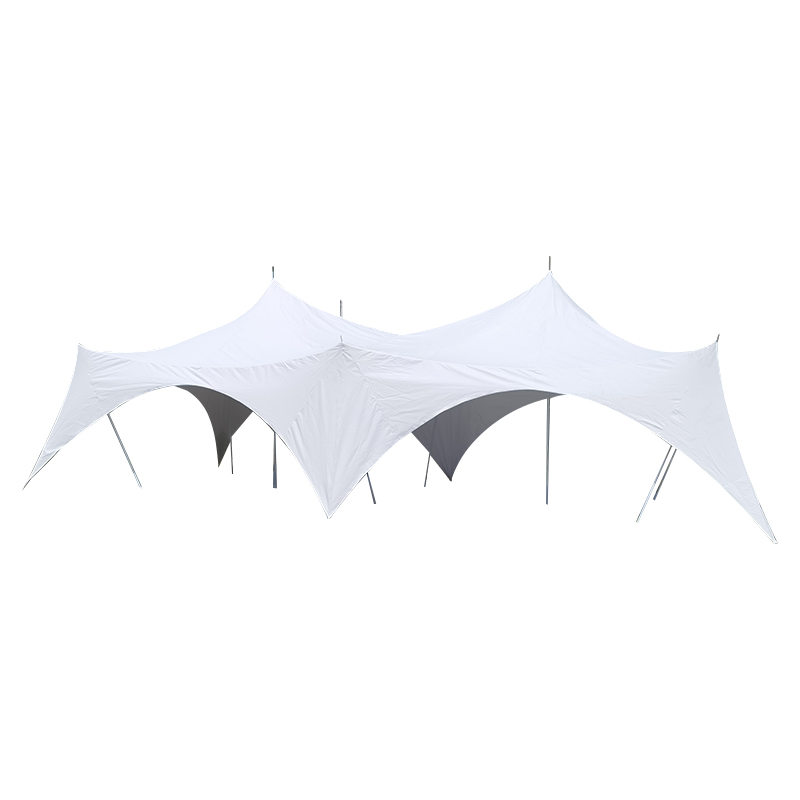-
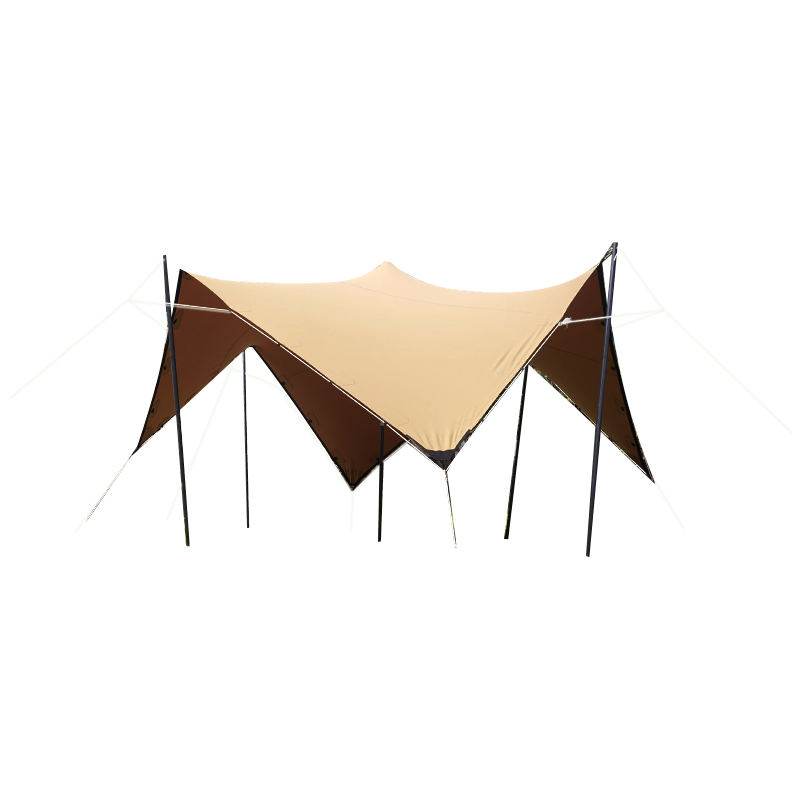 4.5x4.5m Outdoor Small Stretch Tent Marquee
4.5x4.5m Outdoor Small Stretch Tent MarqueeStretch Tent
-
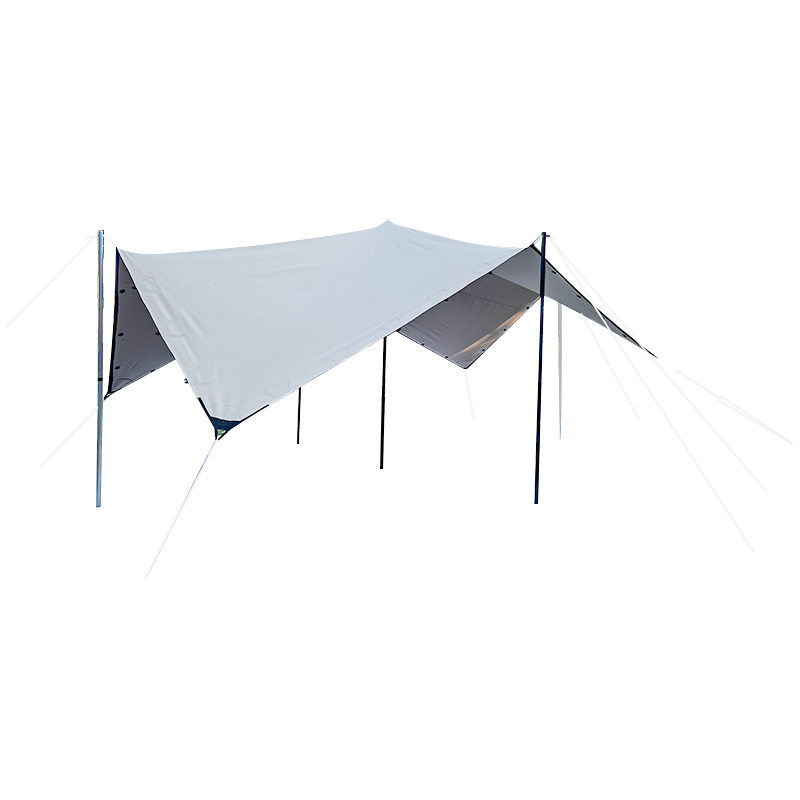 4x6m Party Stretch Tent Canopy for Garden
4x6m Party Stretch Tent Canopy for GardenStretch Tent
-
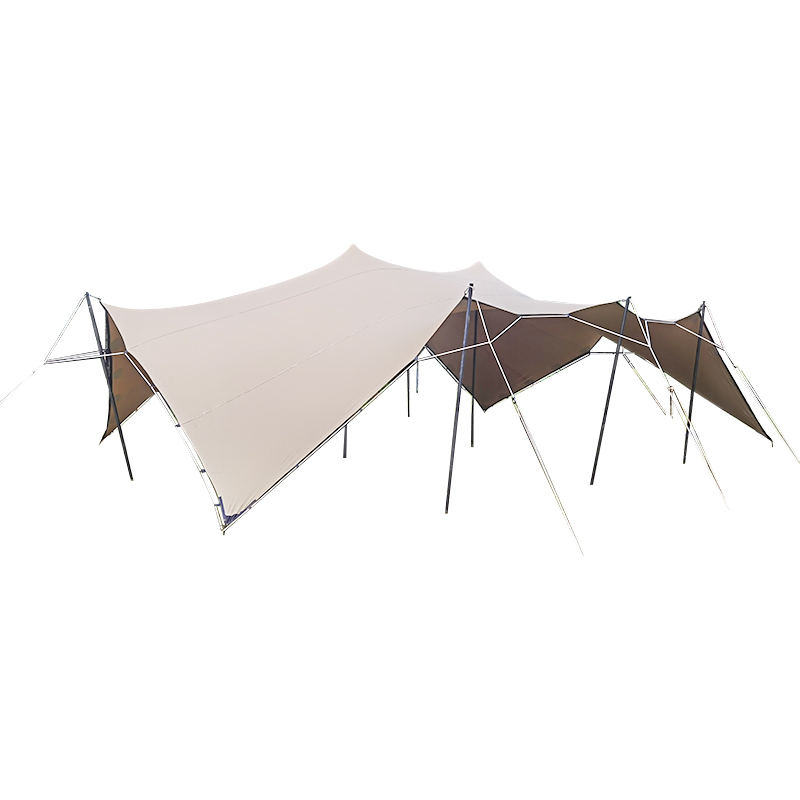 7x12m Waterproof Stretch Tent Canopy
7x12m Waterproof Stretch Tent CanopyStretch Tent
-
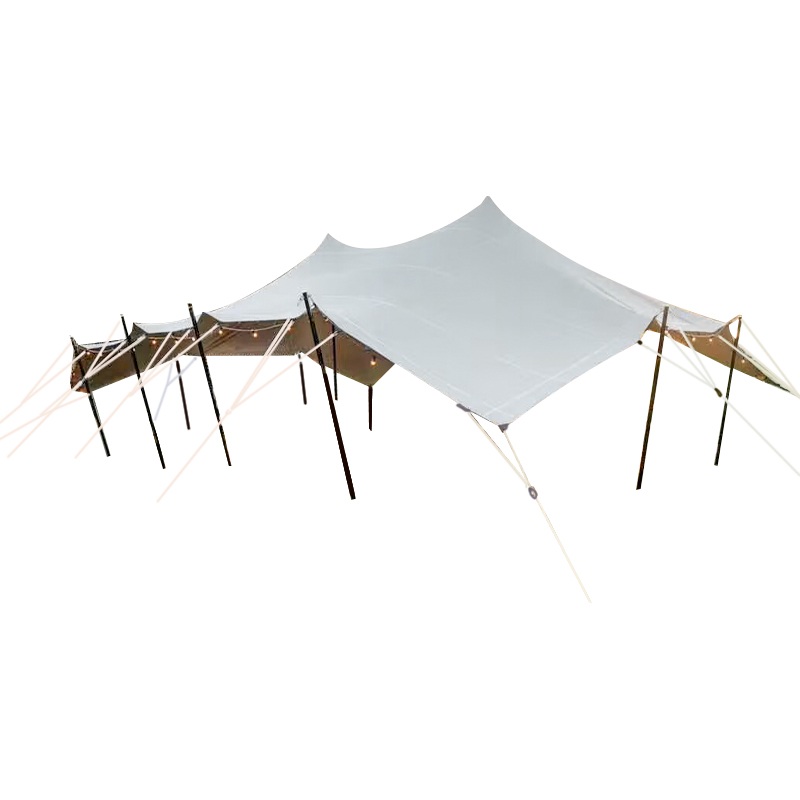 8x10m UV Resistant Flex Stretch Tent
8x10m UV Resistant Flex Stretch TentStretch Tent
-
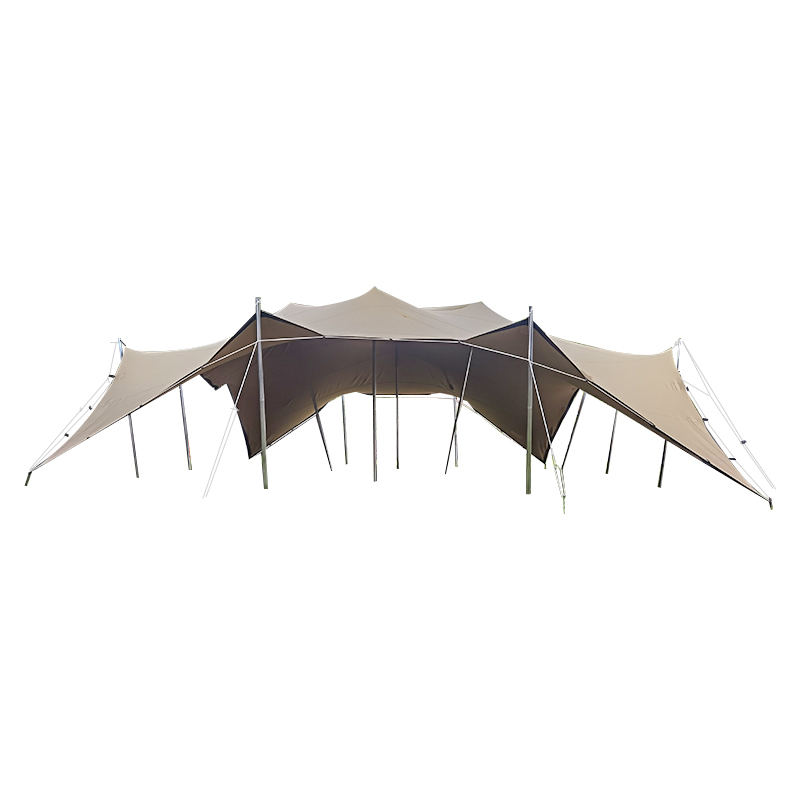 9x12m Premium Flex Garden Stretch Canopy Marquee
9x12m Premium Flex Garden Stretch Canopy MarqueeStretch Tent
Stretch Tent Manufacturers
Products & Solutions
CONTACT US
-

+86 15695147631
-

-

No.9 Kangmin Road, Automobile industry Park, Yizheng City, Jiangsu Province, China
What is a Stretch Tent?
Stretch tents are also known as stretch marquees. They utilise a 100% watertight material that, as the name suggests stretches across a series of poles, to create a variety of styles from sun canopies to awnings and lounge areas. Each stretch tent setup is truly a unique process allowing you to bring your visions to life at any special occasion like weddings, anniversaries and birthdays. Or simply to add a special touch to your garden or outdoor space, no matter how awkward it is.
How Does a Stretch Tent Work?
Stretch tents use a single piece of waterproof material that is stretched across multiple positioned poles to create the shape, space or design from your imagination, without the rectangular restrictions of a marquee. Stretch tents are often compared to marquees, however, they are an adaptation of this more traditional design.
What are the Benefits of a Stretch Tent?
A stretch tent’s flexibility and versatility are unparalleled – they allow you to position your poles wherever you need them to create unique spaces. Stretching the fabric to create covers from wind and rain or sun shades that are perfect for garden parties and outdoor events.
The distinctive shape and surfaces of a stretch tent mean you can create a completely different atmosphere taking minimal effort to make them pop. The sleek outlines make a perfect backdrop for lights and decorations helping to enhance any occasion and even allowing you to create distinct zones so you can separate the dance floor from the dining area or even have your stretch tent bend through the space so you can shelter who or whatever you need to. This is further aided by the fact the material is stretchy and waterproof so you don’t have to worry about being cold and damp on the inside.
Stretch tents offer a range of benefits that are applicable for large commercial use or for use on personal property, such as.
Weatherproofing: They provide protection from rain to scolding sunshine.
Versatility: Can be made use of for all kinds of events meaning they are highly reusable and their durability means you can keep them for years.
Flexibility: Their unique structure means the fabric can be stretched and adapted for varied terrain or varied event types.
Customization: You can select the right canopy color to match your preferences and place poles and stretch fabric to create a masterpiece with your stretch tent. They are also easy to decorate for any occasion.
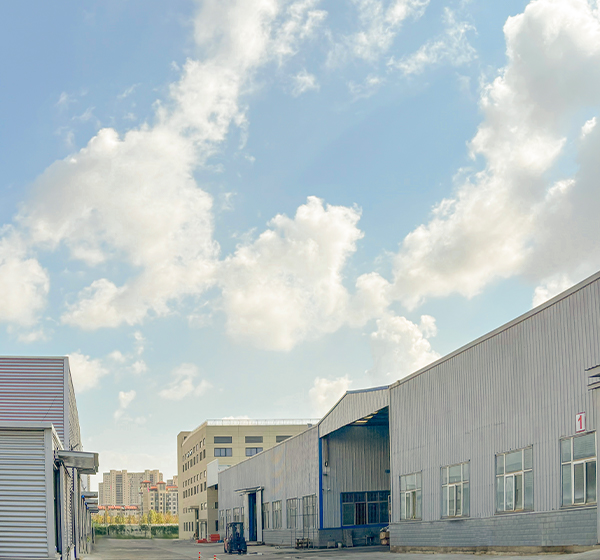
-
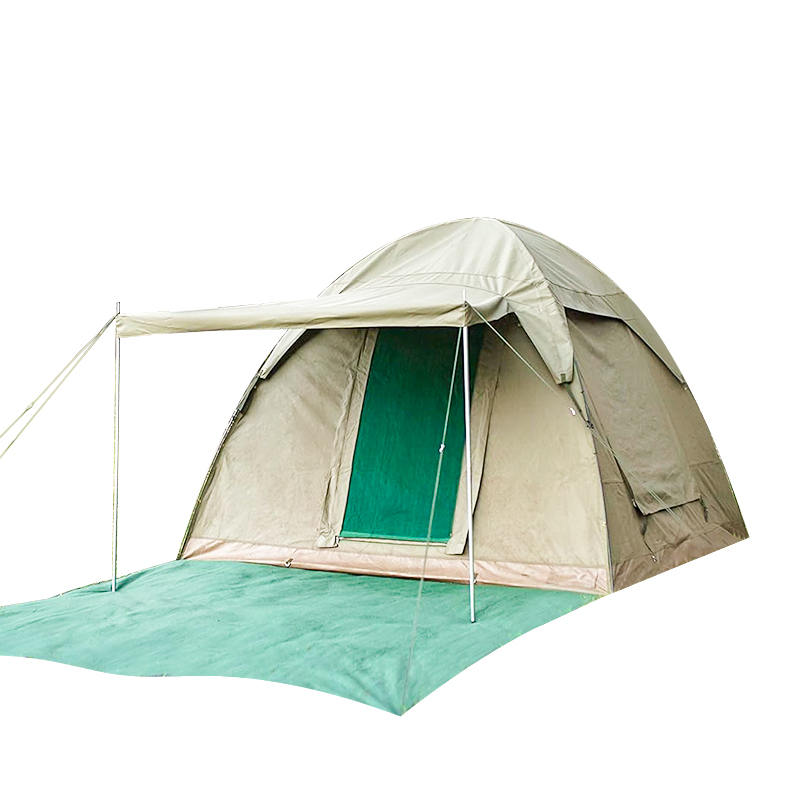
What Do Waterproof Ratings for Camping Backpacking Tents Actually Mean? Waterproof ratings (measured in millimeters, mm) quantify a tent’s ability to resist water penetration, based on standardized hydrostatic head testing. The rating represents the height of a water column the t...
READ MORE -
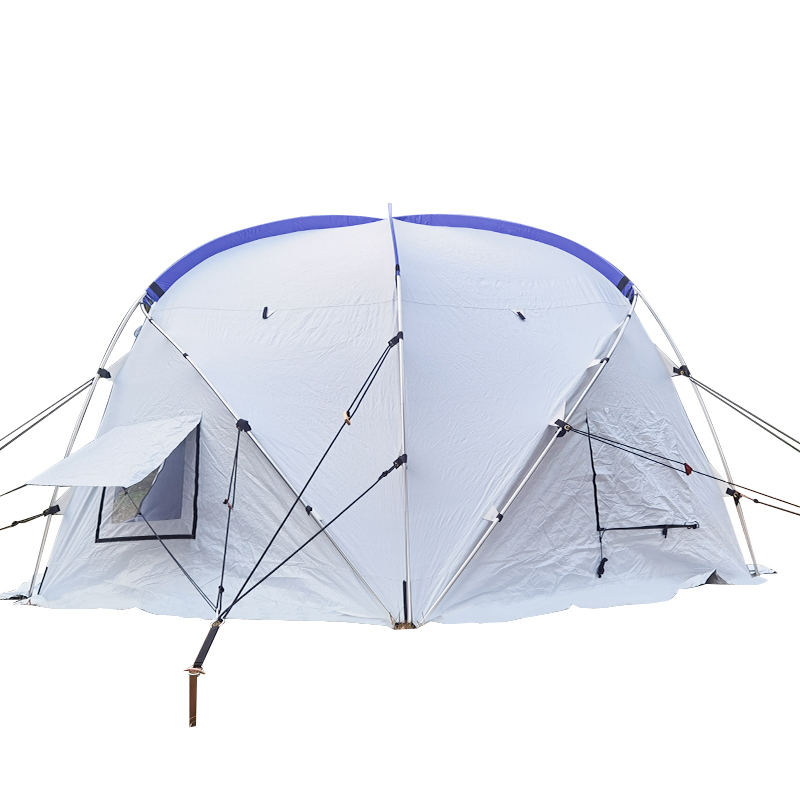
What core fabrics lay the foundation for windproof and waterproof relief tent? The windproof and waterproof performance of relief tent starts with the selection of core fabrics, which must withstand harsh natural conditions such as strong winds, heavy rains, and even hailstorms i...
READ MORE -
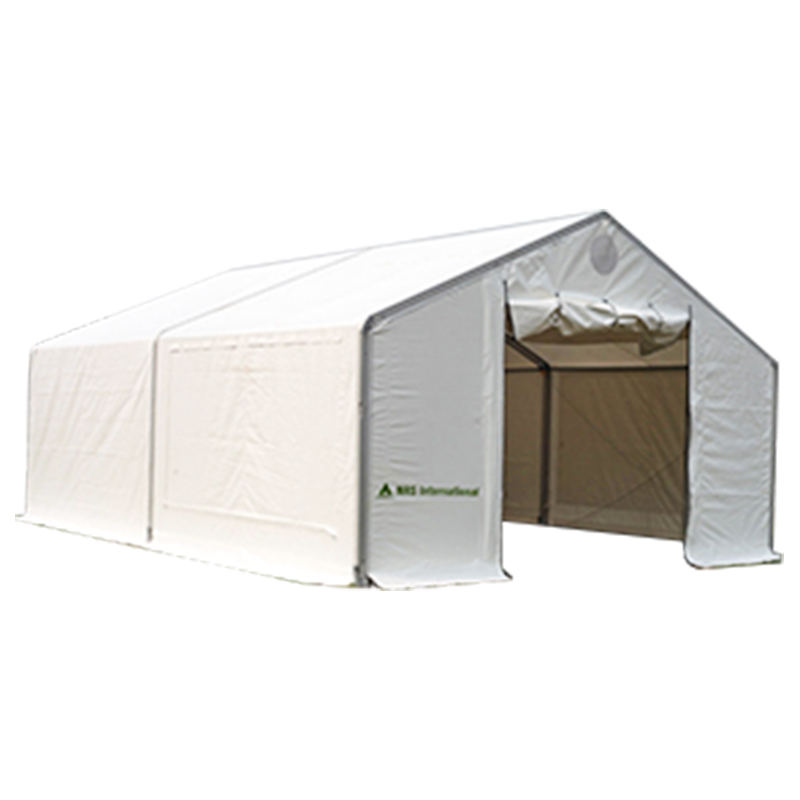
What Cost Advantages Make Warehouse Tents More Economical Than Traditional Warehouses? The core appeal of warehouse tents lies in their significant cost savings, which can reach up to 50% compared to traditional brick-and-mortar warehouses. First, the construction cost is far low...
READ MORE
1. Stretch Tents, with their core focus on highly elastic fabric, can overcome limitations in form compared to traditional fixed-form tents, enabling more flexible space utilization for outdoor creative events and impromptu gatherings.
Traditional tents, constrained by their frame structure, often have fixed peaks or flat roofs, making them difficult to adapt to irregular venues or creative settings. However, the Stretch Tent, leveraging its highly elastic fabric, achieves a breakthrough: its form adapts to the site and its space morphs as needed. First, it eliminates the need for a dense, rigid frame. Instead, it stretches and forms using only a few anchor points (such as ground pegs, poles, and trees). This allows it to conform to the contours of irregular sites (such as sloping lawns, street corners, and swimming pool areas), eliminating the space waste associated with traditional tents. Second, the elastic fabric allows for adjustable tension to create a variety of canopy shapes, including curved, wavy, and dome-shaped. These shapes are ideal for the romantic atmosphere of weddings, creative displays at markets, and the artistic flair of outdoor exhibitions. They create unique visual effects without the need for additional embellishments, breaking through the stereotyped form of traditional tents.
2.The stretch fabric of a stretch tent is a core component. What are the characteristics of common stretch materials (such as polyester-spandex blends and neoprene-coated fabrics), and how should we choose one based on the usage scenario (e.g., sun protection on sunny days, rain shelter on rainy days, or nighttime activities)?
The varying properties of different stretch materials determine their suitability for different scenarios, so a precise selection must be made based on the specific needs of the scenario. Polyester-spandex blends offer moderate stretch (approximately 15%-25% elongation), good breathability, lightweight, and basic water repellency, making them ideal for sunny outdoor gatherings and markets. They can be sculpted into various shapes through stretch while ensuring internal ventilation to prevent stuffiness. Neoprene-coated fabrics offer even greater stretch (over 30% elongation), excellent water resistance and warmth, and a smooth, easy-to-clean surface, making them ideal for rainy days or nighttime activities. They effectively block rainwater penetration and, when paired with lighting, create a soft light and shadow effect, enhancing the atmosphere. Furthermore, highly abrasion-resistant stretch fabrics (with added nylon) are suitable for high-use commercial activities (such as long-term outdoor markets), resisting wear and tear caused by frequent stretching and friction, extending their service life.
3.Given the diverse shapes of outdoor venues (such as circular lawns, narrow walkways, and irregularly shaped terraces), what flexibility does the Stretch Tent require to achieve "adaptable" fit and save space?
To achieve "adaptable" installation, the Stretch Tent's installation method is designed around "few anchor points + adjustable tension," unlike the fixed frame installation of traditional tents. This core flexibility is reflected in: First, "multiple anchor points." Eliminating the need for standard poles, existing fixtures (such as trees, building walls, and streetlight poles) can be utilized as anchor points. Combined with removable ground anchors, anchor points can be freely positioned to suit the site's shape, avoiding disruption to the original layout. Second, "tension adjustment" allows the tent's shape to be controlled by adjusting the tension between the fabric and the anchor points. For example, a circular tent can be stretched over a circular lawn, or a long, curved tent can be stretched over a narrow trail, perfectly conforming to the site's contours. Third, "modular splicing" allows multiple Stretch Tents to be joined together using elastic seams along the fabric's edges, creating a larger, continuous space with virtually no visible gaps. This adapts to complex sites like irregularly shaped terraces, maximizing every inch of space. Stretch tents rely on fabric tension to achieve their shape.
4.When dealing with fluctuating outdoor wind speeds, what design elements are needed to balance "shape stability" with "wind resistance and safety" to prevent fabric tearing or tent shifting?
Wind speed fluctuations are a core challenge for Stretch Tents, requiring a dual balance of stability and safety through "fabric properties + structural design." For the fabric, a composite material with high elasticity and high tear strength is selected to withstand strong winds even when stretched, preventing tearing caused by excessive tension. Furthermore, the fabric edges are reinforced with binding to enhance the tensile strength at the connection points. In terms of structural design, "multi-directional tension distribution" is used to evenly distribute fabric tension across multiple anchor points, preventing excessive force on a single anchor point and causing displacement. In strong winds, "windproof auxiliary ropes" can be installed, connecting to additional anchors from the sides or top of the tent to create diagonal tension and reduce the direct impact of strong winds on the canopy. Furthermore, anchors at these anchor points should be weighted or spiral-type to enhance grip and prevent the entire tent from shifting. This ensures that the tent maintains its shape and safety even when wind speeds fluctuate.
5. Stretch tents are often used in settings that require "atmosphere creation," such as outdoor weddings and creative markets. What compatibility requirements are required in terms of lighting, fabric color, and additional accessories to enhance the atmosphere?
Creating an atmosphere requires a combination of "visual presentation and functional support," leveraging the Stretch Tent's unique features to design a suitable solution. Regarding lighting, the stretch fabric offers excellent light transmittance, allowing for hanging string lights, spotlights, or projectors inside the tent. The light diffuses softly through the fabric, creating a romantic or creative nighttime atmosphere. Some darker fabrics can also be used as projection screens to display event-themed content, enhancing the immersive experience. A wide range of solid, gradient, and patterned fabric options are available, including soft tones like white and light pink for weddings and bright or contrasting colors to attract visitors to markets. The fabric colors are UV-resistant and will not fade even after prolonged exposure, maintaining a beautiful appearance. As for accessories, elastic tulle and drapes can be added to coordinate with the tent fabric and enhance the sense of depth. Removable side curtains (transparent or semi-transparent) are also available, providing a comfortable feel while blocking breezes without obstructing light, enhancing the overall atmosphere.
6. The stretch tent fabric may experience loss of elasticity and localized wear after long-term use. What are the key points to consider in daily maintenance and repair to extend its lifespan and maintain optimal performance?
Daily maintenance and repair plans should be tailored to the specific characteristics of stretch fabrics to avoid performance degradation caused by improper handling. Maintenance: After use, promptly clean dust and stains from the fabric surface. Oil stains should be gently wiped with a neutral detergent; avoid using brushes or abrasive detergents, as these can damage the elastic fibers. When not in use for extended periods, the fabric should be completely relaxed (tension-free) and folded for storage to prevent elasticity loss caused by prolonged stretching. The storage environment should be dry and well-ventilated to prevent moisture and mold, and away from sharp objects to prevent scratches. Repair: For small, localized wear, use a dedicated elastic patch with elastic glue to ensure the repair does not affect the overall elasticity of the fabric. If the seams on the edges of the fabric are loose, re-sew them with elastic thread to maintain the edge's tensile strength. If elasticity loss is severe (e.g., it fails to rebound after stretching), replace the fabric promptly to prevent changes in the tent's shape and safety. Through effective maintenance and repair, you can extend the life of your stretch tent.
7.In the production and supply of Stretch Tents, how does Yangzhou Mailenda Outdoor Products Co., Ltd. leverage its strengths to ensure the product's "elasticity" and "suitability for various scenarios"?
Leveraging its experience and technological advantages in outdoor product production, the company provides comprehensive support for Stretch Tents. On the production side, leveraging over 20 years of expertise in fabric properties, the company selects highly elastic composite fabrics (such as polyester-spandex blends and neoprene-coated fabrics). These fabrics are precisely cut using automated cutting machines to ensure uniform tension during stretching. Hot air seam sealing machines are used to seal the seams, ensuring both elasticity and waterproofing, preventing the elasticity breakage associated with traditional stitching. For quality control, each batch of fabric undergoes elasticity decay and tear strength testing to simulate long-term use and ensure stable elasticity. UV and abrasion resistance are also tested to ensure optimal outdoor performance. On the supply side, we support customized shapes and sizes, designing stretch solutions based on customer scenarios (such as wedding venue size or market stall layout) and matching them with appropriate fixing accessories. Leveraging sufficient production capacity and an efficient supply chain, we can quickly respond to orders during peak event periods, ensuring timely delivery and providing tailored stretch tent solutions for creative outdoor activities.


 English
English 中文简体
中文简体 Español
Español 日本語
日本語 русский
русский عربى
عربى